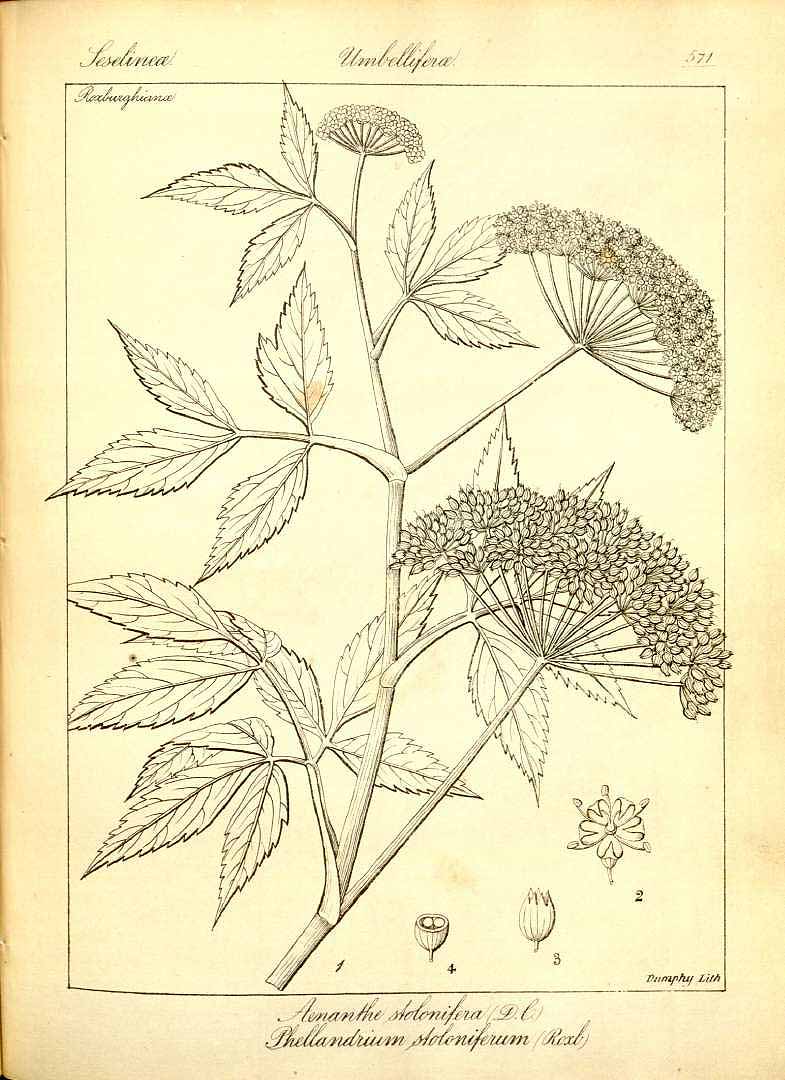! Nouveau site ici !
Vita > Plantae > Magnoliophyta > Magnoliopsida > Apiales >
Apiaceae > Oenanthe
Oenanthe javanica
(Persil japonais)

 | *** - **
| *** - **
Vita > Plantae > Magnoliophyta > Magnoliopsida > Apiales >
Apiaceae > Oenanthe
Oenanthe javanica
(Persil japonais)

-10°C
Une herbe. Cette plante est un légume à feuilles vertes rampantes à tige creuse. La tige mesure souvent jusqu'à 100 cm de long et se trouve normalement le long du sol et se retourne près de la pointe. Les ... (traduction automatique)
→suite
⬀
Le  donne accès au menu
donne accès au menu (c'est votre point de repère) 😊 ;
En dessous vous avez la classification, à partir de la vie (Vita, premier rang) jusqu'à la classe au dessus de la plante, dont vous trouvez ensuite le nom scientifique/botanique (latin) puis le nom commun (français), le cas échéant ;
C'est aussi un lien vers la fiche complète (tout comme la ✖, en bas à droite, et le +, en dessous de la description) ;
Vient alors l'illustration (ou ce qui la remplace, en attendant), la comestibilité :
Et en bas
⬂



